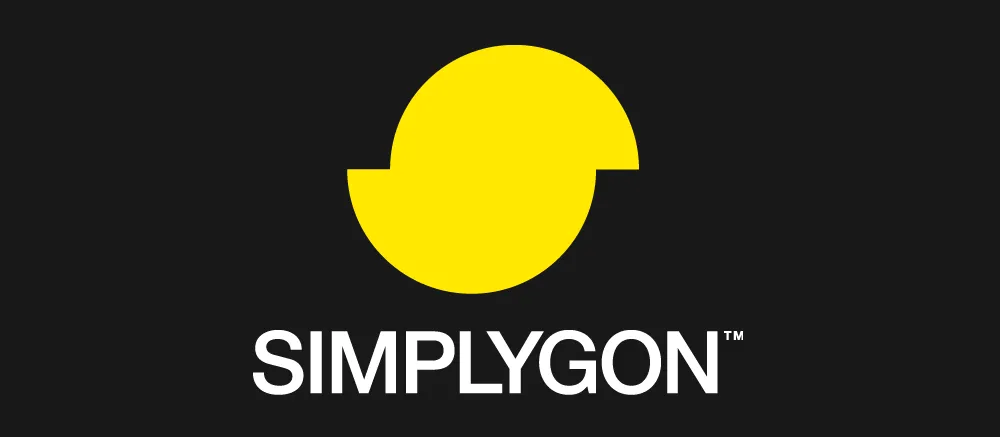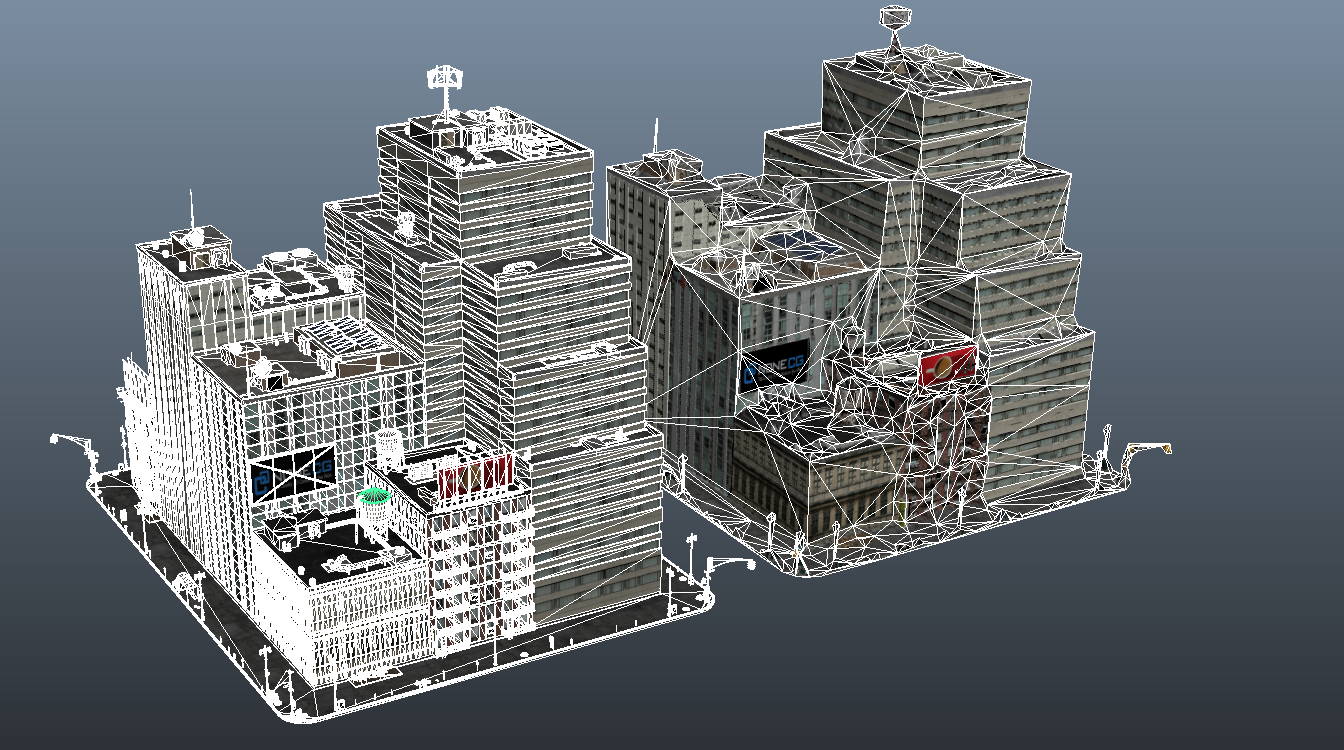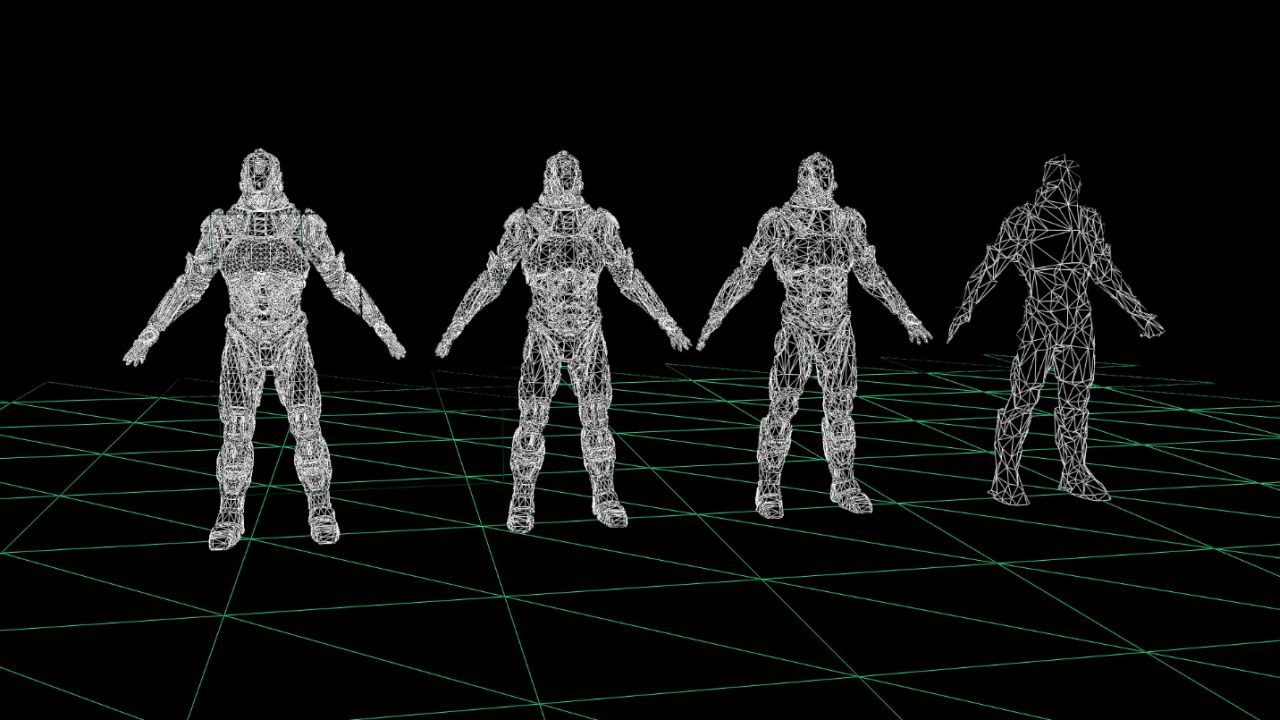Donya Labs’ Simplygon is an engine that offers fast, simple optimization of 3D videogames for developers. Used in recent hits like Metal Gear Solid V: The Phantom Pain, and Bloodborne, the software development kit (SDK) allows studios to get the most out of their projects from a visual and performance perspective with an automatic process that will save developers production time and money. It’s a big part of the reason some of your PC, PlayStation 4, and Xbox One games look and run great.
You don’t have to be Palmer Luckey to see how useful that could be to VR.
https://youtu.be/U9B8Aj4P-z0
VR development in its current state is an intensive process, which is why the Oculus Rift and HTC Vive ask you to have high-powered PCs in order to run them. It’s why Nvidia and AMD have suddenly released new GPUs with much greater power for fractions of their predecessor’s pricing. It’s also why some are concerned about just how far VR can be taken on less powerful hardware like the PlayStation VR. Simplygon, now in its eighth iteration, is an aid to three of these platforms already, and could prove to be an essential tool in making VR development more accessible.
That’s what Matt Connors, the CEO of the Sweden-based studio, believes. Donya Labs has a decade-long history, but VR marks a new chapter for it, turning what Connors calls “a significant little niche” into something much more.
Connors reasoned that the challenges of VR and AR are “really not all that different” from traditional game development. He pointed to draw calls, which refer to how many objects you’re rendering in a game at any one time, and how they scale depending on the type of mobile platform you’re working on. A mobile VR device might handle “hundreds” of draw calls, for example, while a console could do “thousands”.
“And then when you look at what the spec is on high-end VR like Oculus or PlayStation VR, you’re talking about a significant jump because you’re pushing twice as many pixels at least and you’ve gotta have more objects because you have a bigger field of view,” Connors said. “And so, necessarily, you need to render a lot more with lower latency and so on.”
Creating a platform that can help these VR games cope, then, is a “perfect evolution” for Simplygon. And you’ve already seen it put into effect; IKEA’s VR experience, which launched for the HTC Vive a few months ago, used the SDK, also showing how the company can branch out beyond games, while other big names like Oculus itself are using the SDK.
“It’s so time consuming to set up these visualization pipelines and manually do the data preparation,” Connors says. “And if you multiply that by, say you’ve got one for Oculus and Vive and then you’ve got another one for tablet, and then you’ve got another one for HoloLens, and then you’ve got one for Gear VR. It just gets super complex. And if you setup the recipe upfront, which is what we allow companies to do, then you get an automated process that’s repeatable and you can just get so much more done.”
In game development, Simplygon helps you build a better product. In VR? It helps you build a better world.
And this is indeed the way the world is going all the same. As we transition from consuming data on screens to VR, the size of files is going to grow exponentially. We need to take every opportunity we can to chip away at the resources needed both to create this content and then to actually utilize it.
You start to realize just how crucial Simplygon’s work could be to the future of not just VR, but also other technologies like augmented and mixed realities. I also ask Connors about the potential for mixed reality, which he describes as a similar process, “just with a different recipe.”
“When you’re on HoloLens, everything costs,” Connors says, referring to the kit’s on-board architecture. “You can’t get away with the tricks that a lot of developers are used to doing.”
That makes Simplygon an even more important tool to the platform. If you want to bring realistic virtual images into the real world environment, you have to make sacrifices to other elements and spend countless hours refining. Simplygon wants to help do away with that.
You can see the process of using HoloLens with Simplygon below.
https://youtu.be/_RGGV4KUsrM
As I talk to Connors it becomes clear to me – purely from a selfish perspective – where Simplygon could perhaps best be applied in the here and now; PlayStation VR. We’re eagerly anticipating the arrival of Sony’s VR headset, but it’s also hard to shake the concerns about it running on PS4. It’s unavoidably underpowered when compared to its PC rivals, but Simplygon’s product could help close that gap significantly. In fact, Connors says Sony is a “top three customer” for Simplygon, though doesn’t know what VR titles the company is using it with.
This could be something that helps keep PS VR consistent with its rivals.
The big names just keep on coming: “We’ve spent so much time, 10 years now, focused on this. And it becomes really relevant when you look at the big platforms: Oculus is a customer. Microsoft is one of our biggest customers on the game side but we would be quite relevant to their Universal Windows Platform.”
I keep hearing Connors refer to these massive companies producing juggernaut franchises. And that’s great, but that’s not what makes up the VR development community right now. If Simplygon really wants to make an impact in the scene, it’s got to reach out to the thousands of indie developers that are working across the wide variety of headsets and give their software a leg up. After all, there are over 250 titles on Vive already, and you could count the number of them developed by AAA studios on one hand.
Fortunately, that’s a key focus for the company going forward. “We’re a little guy ourselves, so we’ve had to focus our resources on our studios,” Connors explains. “However, one of the little pilot projects we did, and I would say it’s very piloty and beta, but we have an AWS [Amazon Web Services] version that’s available for the little guy.”
But that’s just a start. Connors wants to “take it to the next step” and make that support “much more broadly available.” That will include better integration with engines like Unity and Unreal Engine. “We’re very strongly leaning towards making an indie, student, and even a pro version. Those aren’t the right names, but people that are making professional products but aren’t giant studios? There’ll be a product for them.”
He also promised another version would “essentially be free to use” for indie developers and students.
There’s no timeframe on when we’ll see that right now, but this is why I was interested in even talking to Simplygon in the first place. It’s already proved that it can make our virtual worlds more believable and save developers time, but now it’s time to roll it out to the creators that are really rooting for VR right now.
Don’t be surprised if you start to hear about Simplygon much more often in the near future. As we continue to make much more capable hardware to support this burgeoning industry, this is a company that is going to squeeze more and more out of VR, AR and MR.




























